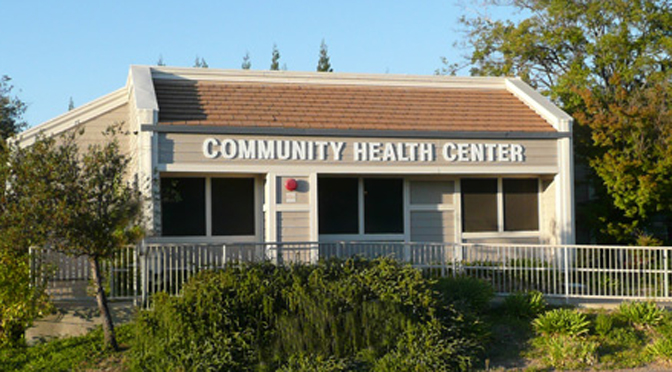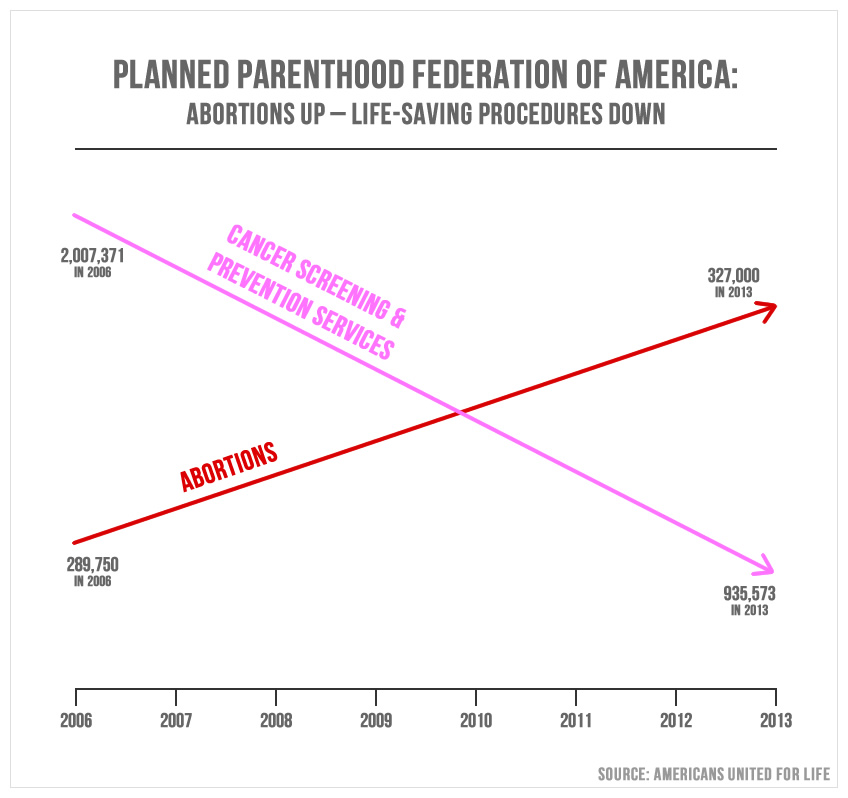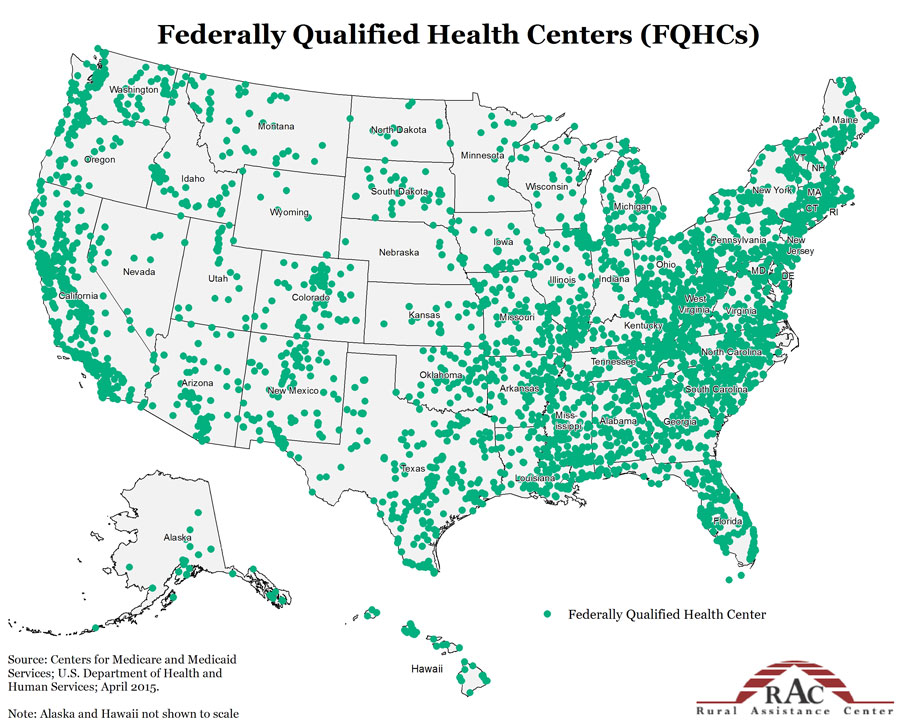
But where will all those poor women go for health care if we defund Planned Parenthood? Everywhere
Planned Parenthood is good at some things, admittedly, but its best skill is mastery of rhetoric. The abortion giant has done an effective job of convincing the American people of the lie that women need them for their healthcare. But that’s what it is, a complete lie.
There are approximately 59 affiliates that operate 700 Planned Parenthood clinics in the United States. Not all of those clinics offer a full-range of the few health care services some Planned Parenthoods offer. A Washington Post article says that there are actually 669 Planned Parenthood clinics in the United States now. But among the remaining clinics, even the few health care services they do are declining.
This is demonstrated in a graphic from Americans United for Life:

What is not declining are health care services in Federally Qualified Health Centers (FQHC), which is the secret Planned Parenthood doesn’t want people to know. FQHCs are nonprofit or public organizations that offer services to all persons, regardless of the person’s ability to pay, and, unlike Planned Parenthood, “provide comprehensive primary care services.”
By contrast, there are over 1100 FQHCs in the United States that operate at about 6000 sites, and in addition, the Washington Post reports there are 9,059 community health care clinics, saying, “Throughout the country, community centers vastly outnumber Planned Parenthood, totaling 9,059 to 669. It would appear that women could still get the health care they need.”
The difference in patients served, also, is striking. Planned Parenthood says it offers its services to 2.7 million women per year (the majority of services to pregnant women, about 94 percent, are abortion services, so the health care services that don’t include abortion would be lower), and FQHCs served 21,726,965 people in 2013 alone. The numbers alone debunk Planned Parenthood’s assertion that poor people depend on them for health care services.
Of all areas where Planned Parenthood has played the “women need us to survive” card, Texas is probably the most notable after it passed its sweeping pro-life bill, HB2, which limited abortion access statewide. Planned Parenthood says this bill has actually hurt poor women who “depend on Planned Parenthood” for their basic health care. When HB2 passed, Planned Parenthood Action said “by virtually banning abortion [Governor Perry is] further denying women access to health care.”
What Planned Parenthood doesn’t tell you is that in the state of Texas there are 71 FQHCs (more than the total number of national Planned Parenthood affiliates), that operate at 300 sites across the state. The list of clinic locations is also striking because it includes clinics in border towns, where Planned Parenthood has argued it’s difficult for poor women to have health care without their presence. The argument that Texas women need Planned Parenthood for basic health care is nullified by the facts.
But what about smaller states and rural communities? Planned Parenthood doesn’t have many offices in rural communities anyway because there isn’t much profit there. But take a look at this map of the nation’s FQHCs:

Clearly, there are multiple health care centers in rural communities across the nation. FQHCs are also located in large metropolitan areas such as Los Angeles, New York City, Chicago and Dallas. In short, there are many more FQHCs than there are Planned Parenthoods, and the defunding of Planned Parenthood would add half a billion dollars to the funding for these clinics.
Even the remote state of Maine with a total population of 1.33 million people has a abundance of health resources, as the Washington Post points out that “Maine has four Planned Parenthood installations and 135 community health centers that could accommodate women’s basic health needs.”
Even if Planned Parenthood’s money were not re-allocated, there would still be more access for poor and underserved women (and men, for that matter) than is available at Planned Parenthood. But the money will likely be reallotted to these FQHCs. For example, the current Senate bill to defund Planned Parenthood, the one the White House has indicated it would veto, specifically says:
Planned Parenthood’s rhetoric has been effective to unsuspecting Americans, but the truth is out. The abortion provider is in it for the money, not for women’s health care. There are multiple free and low-cost health care providers in every area of the United States, including those Planned Parenthood doesn’t serve. By law, these FQHCs have to provide services to people regardless of their ability to pay.All funds no longer available to Planned Parenthood will continue to be made available to other eligible entities to provide women’s health care services
The truth is, Americans need more FQHCs and the money Planned Parenthood takes from the government could be much more effectively used at these clinics nationwide. FQHCs are actually a funding designation, not a specific building; therefore, it is possible for other clinics to apply an qualify to provide even more services to poor Americans. Right now Planned Parenthood has half a billion dollars of money that could be helping many more people if it were dispersed appropriately.
Unfortunately, President Obama’s friendship with the abortion provider has clouded his judgment. He says he cares deeply for the poor of this nation, but when he has the opportunity to expand their health care services, he chooses the needs of his friend Cecile Richards, president of Planned Parenthood, instead of the needs of the poor people in rural communities and inner cities who need basic health care.
Source: LiveAction News









No comments:
Post a Comment